| Author: | Field-Marshal Alfred Graf Von Schlieffen | ISBN: | 9781782892373 |
| Publisher: | Wagram Press | Publication: | June 13, 2014 |
| Imprint: | Wagram Press | Language: | English |
| Author: | Field-Marshal Alfred Graf Von Schlieffen |
| ISBN: | 9781782892373 |
| Publisher: | Wagram Press |
| Publication: | June 13, 2014 |
| Imprint: | Wagram Press |
| Language: | English |
Over 100 maps and diagrams are included.
As one of the foremost of a new generation of officers around the time of Prussian expansionism and the birth of a federal Germany, he was to experience much warfare first-hand. After graduating with honours from the famed Prussian Kriegsakadamie he was appointed to the planning unit of the German General Staff. He was to see the plans that he worked upon come to bloody but successful conclusions during the wars with Austria in 1866 and most famously the annihilation of French army during the Franco-Prussian War of 1870. Schlieffen’s lasting impression on the world was his famous “Schlieffen Plan” which he designed to enable the German army to knock France out of a two front war by a huge flanking manoeuvre through the Low Countries.
He studied military history extensively leading to his most famous work was “Cannae”, intended to explain and illustrate the driving idea of the battle of encirclement that had achieved so much success throughout history. Using examples from the wars of Hannibal, Frederick the Great, Napoleon and the recent German led wars with Austria and France, he sets out how the encirclement and destruction of an enemy’s army should be achieved.
The book was seen as a watershed in military theory and was widely read across the world; to ensure that the ideas were disseminated to their students the American Army translated it into English. The effect of Schlieffen’s thinking was still felt by the senior officers that fought in the Second World War who were imbued with the principles of Cannae which would be so well defined as part of the German Blitzkrieg. No less a military leader but General Erich Ludendorff, the principal German strategist of the First World War, declared that Schlieffen was “one of the greatest soldiers ever.” no mean testament to the man and his principal book.
Over 100 maps and diagrams are included.
As one of the foremost of a new generation of officers around the time of Prussian expansionism and the birth of a federal Germany, he was to experience much warfare first-hand. After graduating with honours from the famed Prussian Kriegsakadamie he was appointed to the planning unit of the German General Staff. He was to see the plans that he worked upon come to bloody but successful conclusions during the wars with Austria in 1866 and most famously the annihilation of French army during the Franco-Prussian War of 1870. Schlieffen’s lasting impression on the world was his famous “Schlieffen Plan” which he designed to enable the German army to knock France out of a two front war by a huge flanking manoeuvre through the Low Countries.
He studied military history extensively leading to his most famous work was “Cannae”, intended to explain and illustrate the driving idea of the battle of encirclement that had achieved so much success throughout history. Using examples from the wars of Hannibal, Frederick the Great, Napoleon and the recent German led wars with Austria and France, he sets out how the encirclement and destruction of an enemy’s army should be achieved.
The book was seen as a watershed in military theory and was widely read across the world; to ensure that the ideas were disseminated to their students the American Army translated it into English. The effect of Schlieffen’s thinking was still felt by the senior officers that fought in the Second World War who were imbued with the principles of Cannae which would be so well defined as part of the German Blitzkrieg. No less a military leader but General Erich Ludendorff, the principal German strategist of the First World War, declared that Schlieffen was “one of the greatest soldiers ever.” no mean testament to the man and his principal book.
![Cover of the book Cannae [Illustrated Edition] by Field-Marshal Alfred Graf Von Schlieffen, Wagram Press](https://www.kuoky.com/images/2014/june/500x500/9781782892373-z7Qh_500x.jpg)
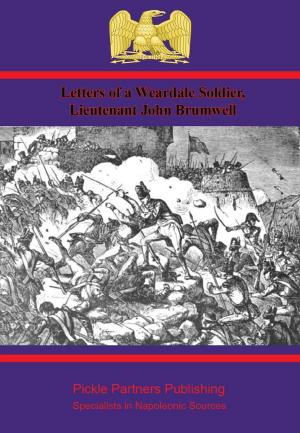
![Cover of the book The Political and Military History of the Campaign of Waterloo [Illustrated Edition] by Field-Marshal Alfred Graf Von Schlieffen](https://www.kuoky.com/images/2012/may/300x300/9781908902535-h8nt_300x.jpg)



![Cover of the book Wellington’s Army 1809-1814 [Illustrated Edition] by Field-Marshal Alfred Graf Von Schlieffen](https://www.kuoky.com/images/2015/november/300x300/9781786255044-W3wL_300x.jpg)

![Cover of the book History Of The Consulate And The Empire Of France Under Napoleon Vol. IX [Illustrated Edition] by Field-Marshal Alfred Graf Von Schlieffen](https://www.kuoky.com/images/2016/march/300x300/9781786259165-1lud_300x.jpg)
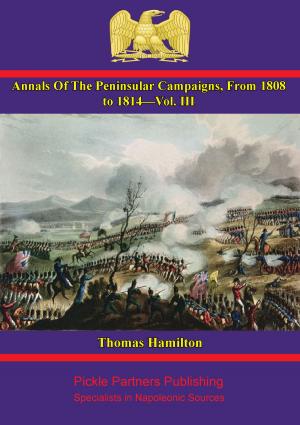

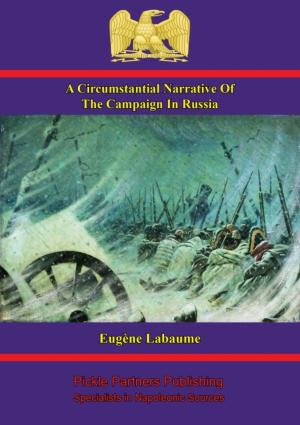
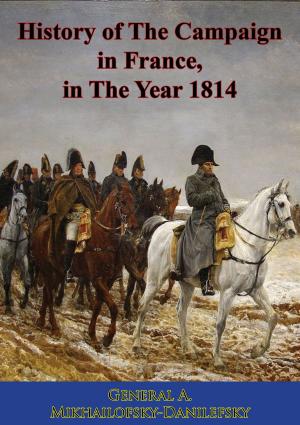

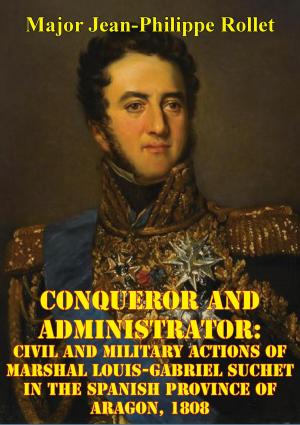
![Cover of the book The Life Of Admiral Lord Collingwood [Illustrated Edition] by Field-Marshal Alfred Graf Von Schlieffen](https://www.kuoky.com/images/2015/november/300x300/9781786255075-NNs3_300x.jpg)